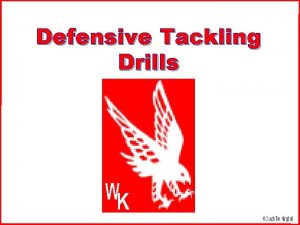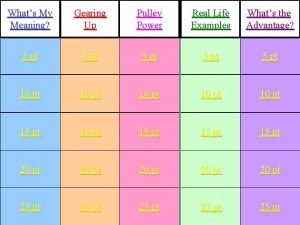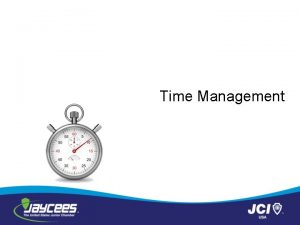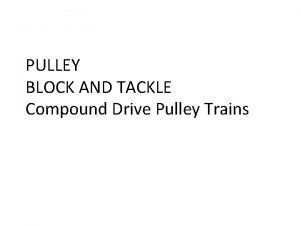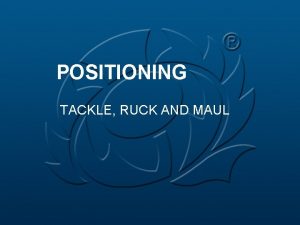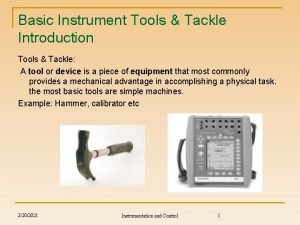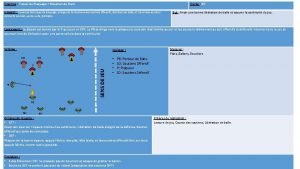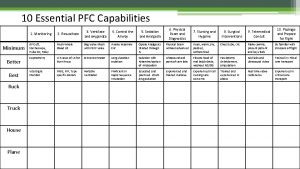TACKLE RUCK WHEN IS A TACKLE MADE DEFINITION









- Slides: 9

TACKLE & RUCK

WHEN IS A TACKLE MADE?

DEFINITION & PROTOCOL § Tackle – when a player ‘goes to ground’ being a minimum of one knee on the ground. § Order of Priority: 1. Tackler / Assist Tackler 2. Tackled Player 3. Arriving Players

Tackler § A tackler is defined as a player who makes a tackle and in the action of making that tackle goes to ground. § Rolling Away – East / West NOT North / South & clear intention § Zero Tolerance on tacklers who slow up the ball and stop the attacking team gaining quick possession. § Play the Ball § A tackler who regains his feet may play the ball from any direction at the tackle § A tackler who regains his feet must get up and on the ball before attacking support players arrive. If not and they interfere, this is a PK against the tackler. The tackler must play the ball “immediately” in Law – this is now defined as before attacking support players arrive.

Assist Tackler § Players who make a tackle or assist in making a tackle but remain on their feet and do not go to ground are not “tacklers” under Law. § Must show clear release i. e. ‘daylight made obvious’ § Play the ball through their gate.

Tackled Player § The tackled player must not position their body (e. g. . ‘squeeze ball’) to delay the release of the ball when isolated or under pressure. The ball must be available immediately for play (PK).

Arriving Players § “Through the Gate” § Both defensive and attacking players must enter ‘through the gate’ at the tackle. § Arriving players – positive intent and supporting their own body weight. No sealing off. § A player who is supporting the ball carrier, or who then goes to ground with the ball carrier in or following a tackle must roll away, or get to their feet and be supporting their weight on their feet.

Post Tackle § ‘Driving out’ at the tackle must be near the ball § 1 metre width either side of the ball § No interference with players on fringes or past ball § Jackal – a player contesting possession of ball § Any player on their feet who has their hands on the ball immediately after a tackle and before a ruck forms § To earn “Holding On” penalty, arriving ‘jackal’ players must: § Be in a position of strength (on feet, with no hands or elbows past the ball on the ground), and § Attempt to lift ball up, and § Survive the cleanout.

Ruck § Offside (Pillars) § Must not have hands ahead of offside line § Do not continually verbalised offside line. Take action! § “Use It” § Ball Out & Collapsed Ruck § Ball out = totally exposed or it is clear of bodies § scrum-half cannot be touched until the ball is clearly out of the ruck. § Players cannot step through or over the middle of a collapsed ruck until ball is clear § Zero tolerance on defending players at the ruck who target the scrum -half before he has the ball,




